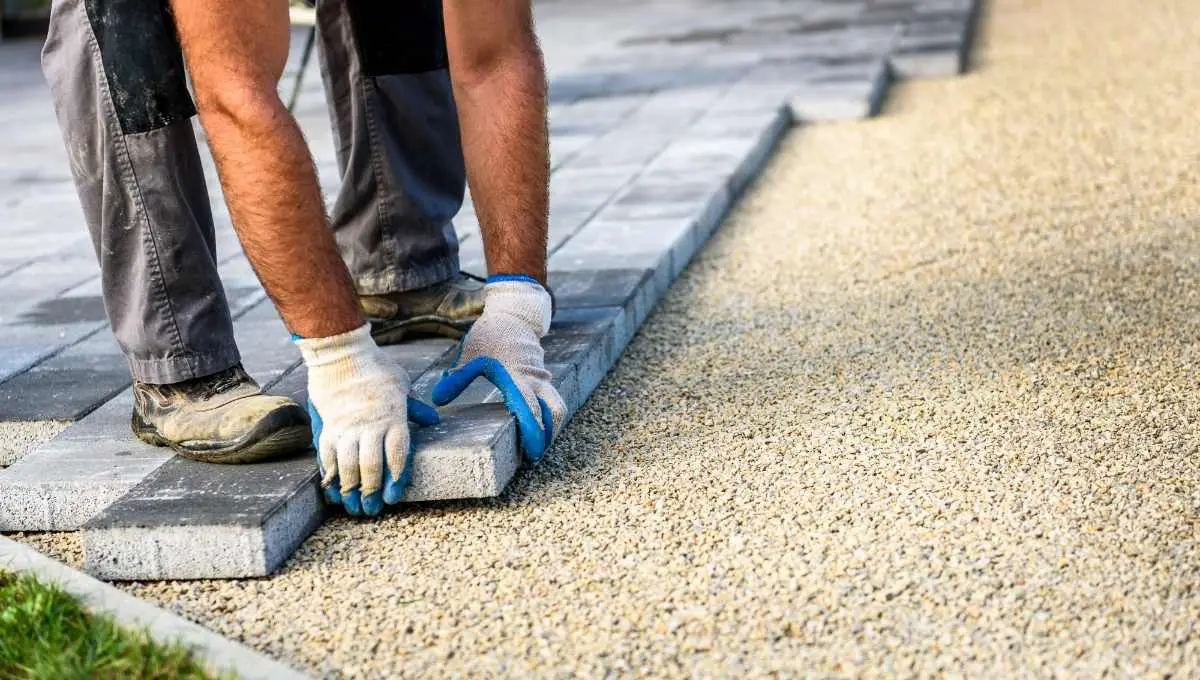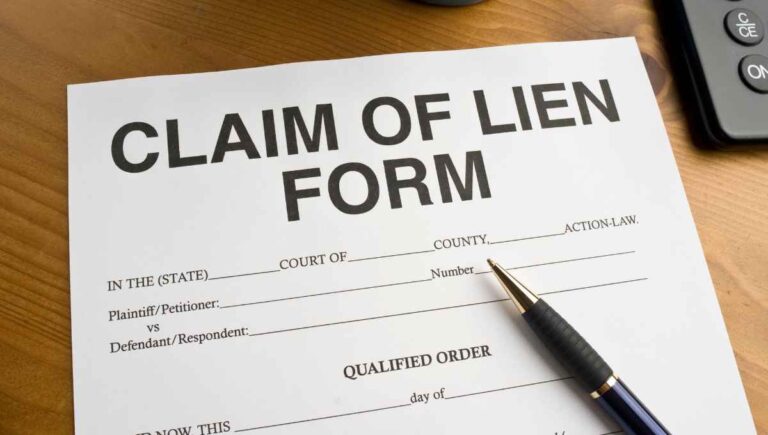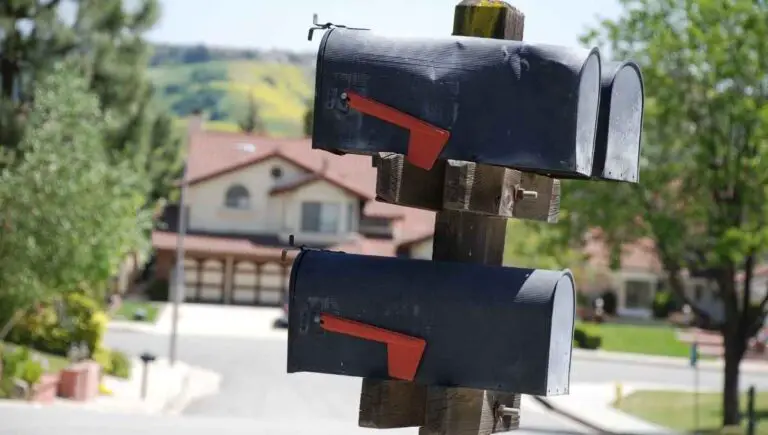How Close to the Property Line Can a Driveway Be?

If you want to build a driveway, you might be wondering, how close to the property line can a driveway be. This question also gets asked often when neighbors need to settle property line disputes. In that case, how close should it be and what is important to know when it comes to driveway property lines?
Every municipality has different zoning laws that dictate just how close to a property line you can build a driveway. Depending on your local laws, you may be able to pave a driveway right up to the line. In the case that you’re not allowed, you try asking your town for permission.
If you are unsure, read on for some tips and guides regarding driveway and property lines. It is better to educate and save yourself from stress should disputes between your neighbor arise.
How Close to the Property Line Can I Build?
The answer to this question depends on different factors, such as location and what is built, but if you want to be sure, you have to check with the building codes set by the local government. Depending on where you live, there may be legal setback requirements.
The side setback is usually 5 feet minimum (on each side) for most regular neighborhoods. In some areas, you can indeed pave a driveway just on the property line but you still have to verify this with the local government.
If you’re building a structure, however, then it’s certain that there are required wider setbacks. If you see your neighbor building something, they may already have a building permit and the setbacks may have already been verified during a survey before the permit was released. Still, you have to check this and see if indeed a building permit has been given.
What If My Neighbor’s Driveway Is on My Property?
When a neighbor’s driveway is on your property, you are dealing with an encroachment. This means that a neighbor’s driveway is on the property line. When they enter or exit their property, they would cross over yours.
Some people don’t mind about the encroachment or having someone drive on their property. To them, this is just a minor issue that is not worth fussing about.
However, if you don’t like what’s happening, this encroachment can easily be a reason for disputes between neighbors that could take a bad turn.
So how do you solve driveway property line disputes? We can offer the following suggestions:
- Professional Land Survey
- Communicate with neighbor
- Seek mediation
Professional Land Survey
Should there be encroachment issues that need to be resolved, the first thing to do is to have a land survey done by a professional.
If for instance you want the neighbor’s driveway moved, then you need a proper land survey to determine if the driveway is indeed crossing your property.
Communicate with Neighbor
Disputes between neighbors are best resolved with proper communication. When you talk things out with your neighbor, you could arrive at a negotiation of some sort. For example, a land surveyor has determined that the driveway is indeed encroaching on your property.
If your neighbor is not willing to remove the driveway that encroaches on your property but is otherwise open to negotiations, then proper communication will be very helpful. You might want to suggest that usage of the encroached-upon land should come with an annual fee, for example.
Or maybe, you might want to offer the strip of land for sale. That way, your neighbor doesn’t have to worry about stepping on boundaries. At the same time, you don’t have to worry about having someone trespass on the property.
Most importantly, with good communication, you can still maintain a positive relationship with your neighbor, and arrive at a compromise that will benefit both parties.
Seek Mediation or a Neutral Third Party
Mediation services are only reserved for neighbors who can’t seem to agree or make a compromise regarding driveway property lines and, at the same time, want to avoid hiring expensive lawyers. Working with a mediator is less costly and can help both parties deal with the issues.
How to Settle Property Line Disputes
What if the disputed property line involves more than just the driveway? What if your neighbor has built a fence that touched your property line? Or perhaps, a shed, whose roof extends to your side of the property?
As mentioned, property lines can easily cause disputes between neighbors. However, it is also easy to resolve. If you are dealing with stress from property line disputes, settling them is pretty much the same as dealing with driveway encroachment issues.
But an important point to consider is that each state has its own laws regarding property lines. City ordinances too may have different ordinances regarding this. Before approaching your neighbor, make sure that you understand property line encroachment laws in your specific area.
If you’re considering a lawsuit, keep in mind that this should only be the last resort. Lawsuits can be really expensive – plus, it could take several months for it to be over. Not only that, it makes life uncomfortable knowing you have to deal with someone who lives close to you in a negative way.
Conclusion
It’s easy to get into a fight or argument with a neighbor when it comes to property lines. If you want to build a driveway or if you have a neighbor who does, and you’re worried about any infringement of property lines, it’s best to educate yourself with the laws.
Zoning laws differ when it comes to setbacks on property lines. That said, it’s best to contact your local government and check with the building and zoning laws in your area. Still, keep in mind that most neighborhoods have minimum side setbacks of five feet.
Should you feel that your neighbor’s driveway crosses your property, the best way to deal with this is to talk with them. When you deal with it in a civil way through proper communication, you may arrive at a solution that benefits both you and your neighbor.
Filing lawsuits, which can be stressful and costly, should only be considered as the last option.







